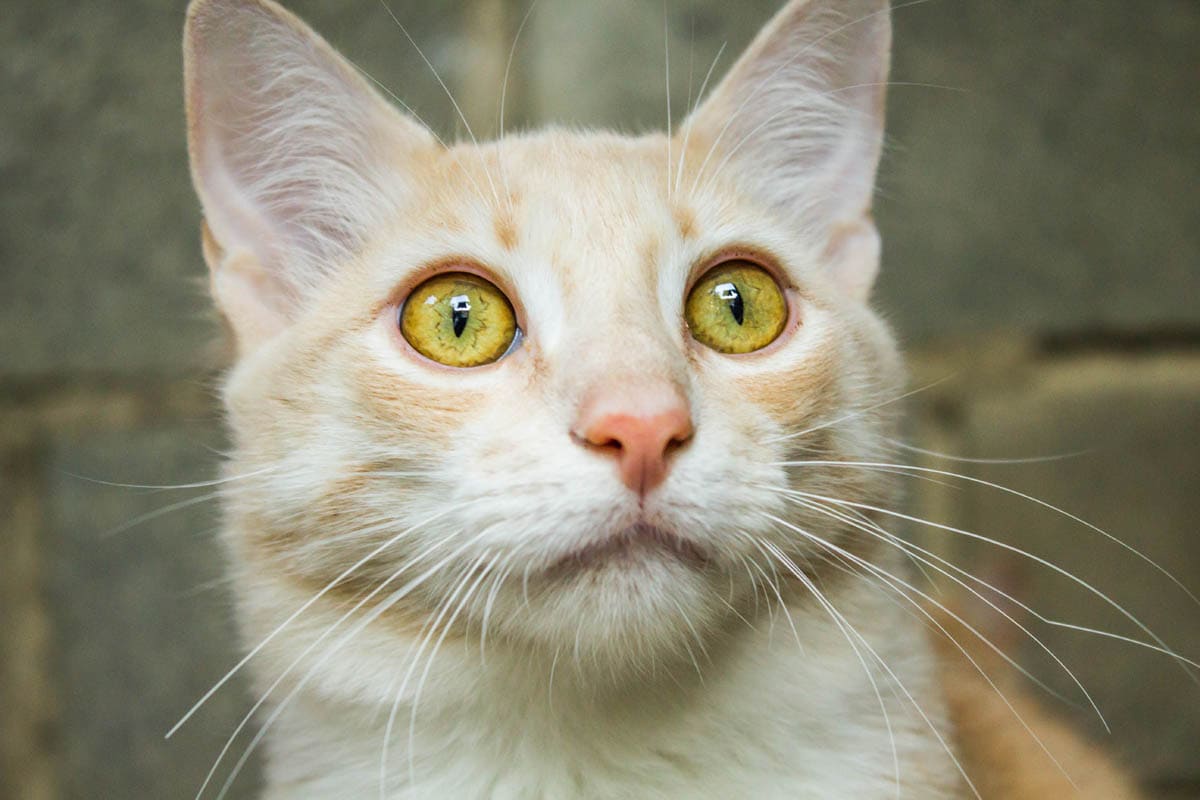At a glance
|
What is systemic lupus erythematosus?
First reported in 1971, systemic lupus erythematosus (SLE) is a rare autoimmune disorder that can affect any organ system in the cat. Antibodies are proteins produced by the immune system to counteract and protect the body from antigens such as invading viruses and bacteria. However, sometimes the body produces antibodies against itself (known as auto-antibodies), attacking various systems including the skin, joints, blood vessels, kidneys, heart, and lungs.
Causes
The cause of SLE is unknown, although it is thought to be a combination of several factors including genetics, pharmacological agents, environmental, viral infection and exposure to UV light. Siamese, Persians and their related breeds appear to be at greater risk of developing the disease. There is no age or sex predilection in cats.
The mechanism for damage is type III hypersensitivity. Antigen-antibody complexes (or immune complexes) are formed when antibodies bind to antigens. These antigen-antibody complexes are deposited in the tissues which activate several immune responses which initiates an inflammatory response. This, in turn, stimulates neutrophils, phagocytes, and monocytes to the site. Phagocytes release toxic by-products which cause tissue damage.
Symptoms
Known as The Great Imitator due to many symptoms mimicking other disorders to affect cats. SLE affects many body systems including the kidneys, skin, blood, and joints. As such, clinical signs can be widely variable depending on the system affected.
Symptoms can be acute (sudden onset) or chronic, where the cat experiences symptoms on and off.
- Flare-up – The re-appearance of symptoms
- Remission – Symptoms abate
Musculoskeletal:
- Joint pain and swelling associated with polyarthritis
- Shifting leg lameness
- Decreased mobility
- Muscle weakness
Renal (glomerulonephritis/kidney disease):
- Enlarged kidneys
- Ascites (fluid in the abdomen)
- Increased thirst
- Increased urination
- Lethargy
- Weight loss
- Vomiting
Dermatologic:
- Multifocal alopecia with crusty skin lesions, particularly on the head, face, ears, and rear legs
- Oral ulcers
- Nasal ulcers
- Paronychia (inflammation of the skin around the claws)
Hematologic (hemolytic anemia):
- Depression
- Lethargy
- Pale or yellow mucous membranes
- Anorexia
- Increased heart rate
Hematologic (thrombocytopenia):
- Lethargy
- Blood in urine
- Blood in stool
- Red spots in the eyes and/or gums
- Bruising
Neurological:
- Seizures
- Behavioural changes
Other:
- Fever with no apparent cause
- Swollen lymph nodes
- Weight changes
- Photosensitivity
Diagnosis
The criteria for diagnosing SLE in cats has been modified from the one created by the American Rheumatism Association (ARA) in which human patients must meet four of eleven criteria for a diagnosis of SLE to be made including rash, photosensitivity, oral ulcers, non-erosive arthritis, pleuritis/pericarditis, renal disorder, neurologic disorder, hematologic disorder, immunologic disorder and positive antinuclear antibody.
Your veterinarian will perform a complete physical examination of your cat and obtain a medical history from you.
Diagnostic workup:
- Biochemical profile: May reveal elevated blood, urea, nitrogen (BUN) and hypoalbuminemia.
- Coombs test – This test is used to detect the presence of antibodies that bind to the surface of red blood cells in cats with hemolytic anemia.
- Complete blood count: To look for l anemia, low platelets, low white blood cell count, low lymphocytes, spherocytosis (round-shaped red blood cells).
- Urinalysis: To look for protein (proteinuria) and elevated BUN.
- Antinuclear antibody test (ANA): This test measures antibodies to self-tissues.
- Biopsy of a skin lesion.
- Kidney biopsy for cats suspected of having glomerulonephritis.
- Xrays of the joints to check for arthritis.
- Synovial fluid (fluid from the joints) analysis.
- Blood pressure monitoring.
Treatment
There is no cure for SLE and the goal of treatment is to suppress the immune system and improve quality of life.
Medical treatment:
- Nonsteroidal anti-inflammatory drugs (NSAIDs), to reduce inflammation and fever.
- Reduce inflammation with corticosteroids such as prednisone or dexamethasone, tapering the dose once the condition is under control.
- Cyclosporine may be necessary for cats who do not respond to dexamethasone or prednisone.
Note: NSAIDs and corticosteroids should not be given concurrently due to severe side effects including gastroduodenal ulceration and renal papillary necrosis.
- Limiting exposure to sunlight.
- Splenectomy (removal of the spleen) for severe cases of thrombocytopenia.
Supportive care:
- Rest, especially during a flare-up
- Dietary management of kidney disease such as a low protein diet
- Medications to treat high blood pressure
The prognosis for cats with SLE depends on the organs involved and how well your cat responds to treatment. If there is internal organ involvement, it is poor.

